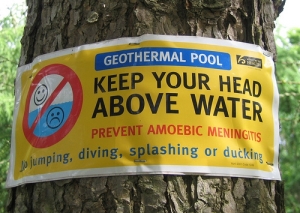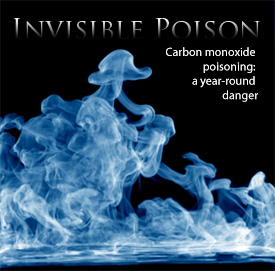“…While a wide variation of food and water quality practices exists from country to country, it’s a misconception that safety concerns are limited to poor areas in developing regions. Many germs have no boundaries, so the NSF StaySafer program will play an important role in establishing a universal set of standards that can be used as a benchmark and complement local requirements…”
it’s a misconception that safety concerns are limited to poor areas in developing regions. Many germs have no boundaries, so the NSF StaySafer program will play an important role in establishing a universal set of standards that can be used as a benchmark and complement local requirements…”
From the buffet salad bar greens to the ice clinking in drinks served poolside, hotel administrators are finding that protecting guests from food and water illness outbreaks is a continuous challenge.
It’s also a necessary undertaking to demonstrate the hotel’s commitment to its patrons’ well being. Travelers won’t soon forget the awful stomach cramps if they experience a sickness during their stay, and such episodes can cause nearly irreversible damages to a hotel’s reputation.
For more:Â http://bit.ly/1kVhmFd
For a brief video on some of the steps you can take to help prevent Norovirus outbreak at your hotel, check out the video below:
[vimeo https://vimeo.com/98741016Â w=500&h=281]
Petra Risk Solutions’ Loss Control Manager, Matt Karp, offers a P3 Hospitality Risk Report – ‘Preventing Norovirus at Your Property’.Â
P3 ( Petra Plus Process) is the Risk Management Division of Petra Risk Solutions – America ’s largest independent insurance brokerage devoted exclusively to the hospitality marketplace.
For more information on Petra and P3 visit petrarisksolutions.com or call 800.466.8951.











